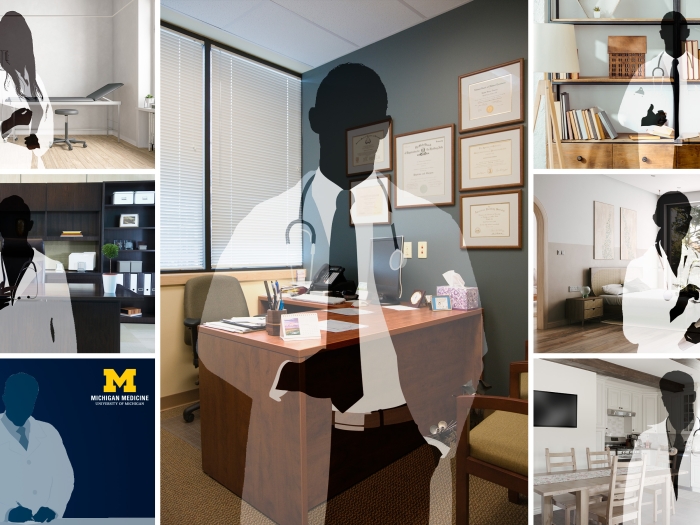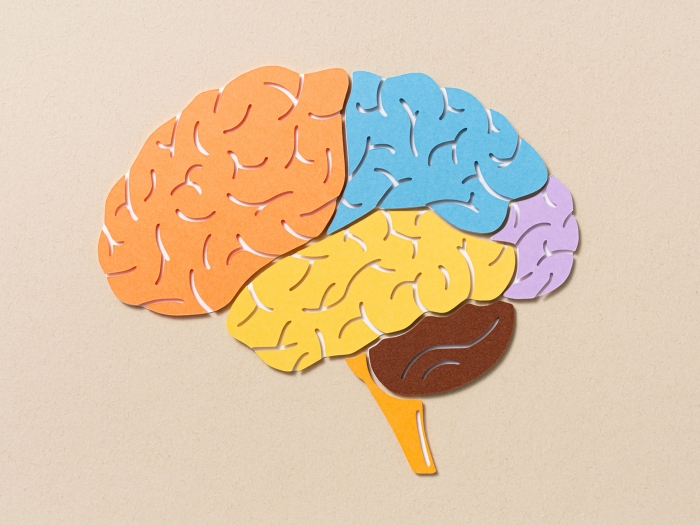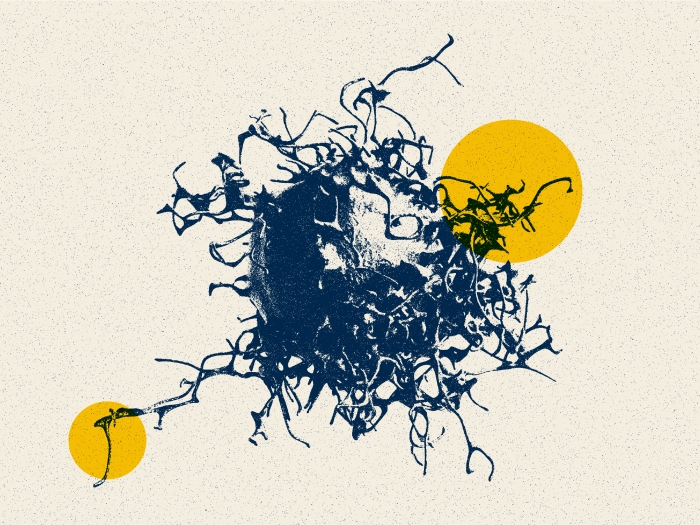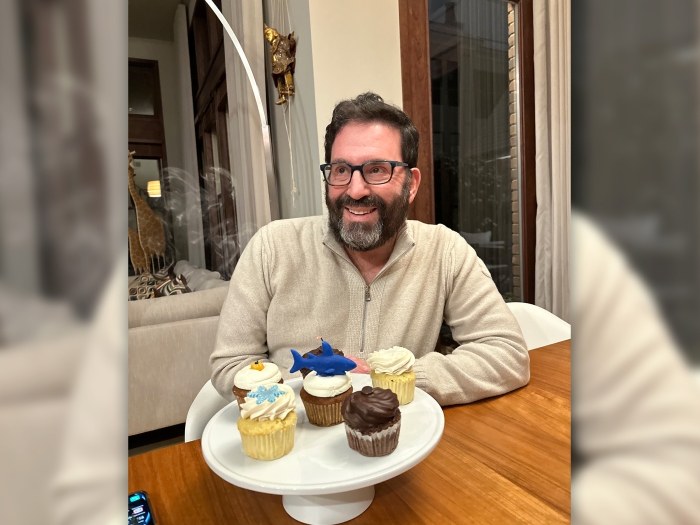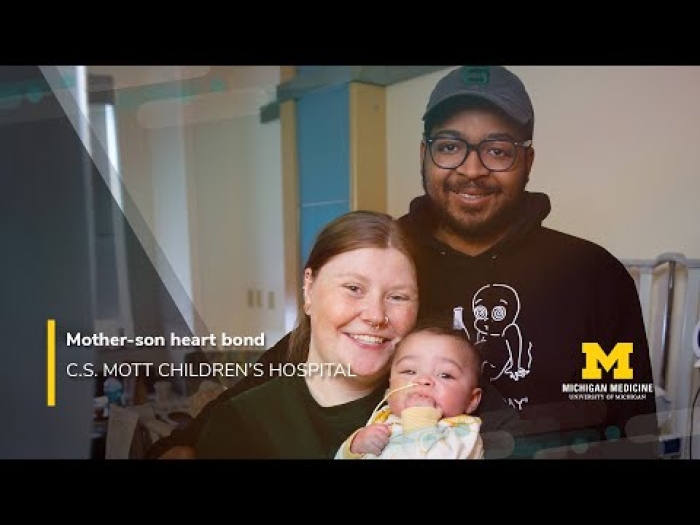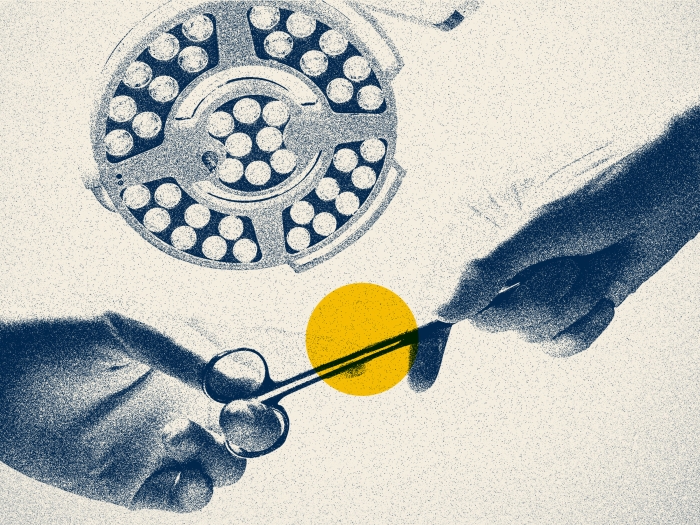Longer transfer times were reported for Black and Hispanic patients, females and patients over 80 years old
9:11 AM
Author |

More than 70% of people experiencing a stroke who require a transfer wait longer than two hours to be transferred from the initial emergency department to hospitals with higher levels of care to receive time-sensitive care, a national study finds.
The report, led by researchers at Michigan Medicine and University of Chicago, also found that stroke patients who are Black or Hispanic, female or over 80 years old experienced longer median wait times for transfer. The results are published in JAMA.
“Stroke affects hundreds of thousands of Americans and requires time-sensitive, acute treatments that are not available at every hospital,” said Brian Stamm, M.D., co-first author and clinical instructor of neurology at University of Michigan Medical School.
“Our results reveal major delays between the time that people arrive to U.S. emergency departments and the time they are transferred to receive potentially lifesaving care. This requires targeted interventions to reduce disparities and limit potential neurologic deficits from delayed treatment.”
SEE ALSO: Woman makes complete recovery after treatment for near-fatal brain aneurysm bleed
The research team analyzed the time between a patient’s initial arrival to an emergency department to the time of transfer, or door-in-door-out time, for over 100,000 stroke patients in the American Heart Association Get With The Guidelines Stroke Registry from 2019 to 2021.
Of those patients, approximately 67,200 had ischemic strokes while more than 41,000 experienced hemorrhagic strokes.
Transfer times were measured against current guidelines set by the Joint Commission and Brain Attack Coalition which recommends a door-in-door-out transfer of under 120 minutes from the transferring emergency department to the receiving hospital.
With data from more than 1,900 hospitals, the median door-in-door-out transfer time for patients who experienced stroke was 174 minutes.
We must now find creative solutions to facilitate the transfer process, shorten transfer times and make our stroke systems of care more equitable for all patients.”
Brian Stamm, M.D.
Just 27.3% of patients were transferred inside of the guideline-recommended 120 minutes.
Black and Hispanic patients, females and adults 80 years or older experienced significantly longer median wait times.
“Racial disparities in stroke care have and continue to constitute a major public health concern,” said co-first author Regina Royan, M.D., M.P.H., clinical assistant professor of emergency medicine at U-M Medical School.
“While limited access to advanced care may be one explanation, there are also layers of structural racism and additional factors at the hospital and systems levels that contribute to these disparities. We must continue to study the underlying causes and ultimately implement new policies to achieve health equity.”
Factors associated with shorter door-in-door-out transfer times included more severe stroke, pre-notification of the patient’s arrival to the emergency department by emergency medical services, and ischemic strokes in which patients were eligible for endovascular therapy.
For the group of patients with ischemic stroke who were eligible for endovascular therapy, the median transfer time was 132 minutes.
SEE ALSO: Do you know what Moyamoya disease is?
The faster times, researchers say, may be explained by the existence of established protocols for screening and rapid transfer for the time-sensitive therapy.
“This study is a crucial starting point, shedding light on the critical issue of delays in interhospital transfers for stroke patients,” Stamm said.
“We must now find creative solutions to facilitate the transfer process, shorten transfer times and make our stroke systems of care more equitable for all patients.”
SEE ALSO: Higher blood sugar linked to faster loss of brain power in stroke survivors
Additional authors include Mihai Giurcanu, Ph.D., and Shyam Prabhakaran, M.D., both of University of Chicago, Steven R. Messe, M.D., of University of Pennsylvania, and Edward C. Jauch, M.D., of Mountain Area Health Education Center.
Giurcanu reported receiving grants from the National Institutes of Health. Prabhakaran reported receiving grants from National Institute of Neurological Disorders and Stroke and the Agency for Healthcare Research and Quality and personal fees from UpToDate. No other disclosures were reported.
Paper cited: “Door-in-Door-out Times for Interhospital Transfer of Patients With Stroke,” JAMA. DOI: 10.1001/jama.2023.12739

Explore a variety of healthcare news & stories by visiting the Health Lab home page for more articles.

Department of Communication at Michigan Medicine
Want top health & research news weekly? Sign up for Health Lab’s newsletters today!
